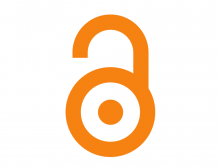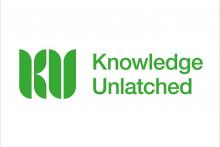OA potential remains untapped – report

Researchers want to improve access to research but remain largely unaware of initiatives and services established to increase open access (OA).
A survey of 2,755 Taylor & Francis authors, released for Open Access Week, reveals little consensus when it comes to permitting reuse of published research – and that researchers should be taking advantage more of the open access options available to them.
Some 66 per cent of researchers didn’t recognise any of 11 different initiatives presented to them, including the 2002 Budapest Open Access Declaration (with the highest level of researchers, 12 per cent, aware of this) and the Open Access Button (with the lowest level of awareness, at just 2 per cent).
Just 5 per cent of researchers are aware of Plan S – an initiative with potential to significantly affect publishing options for researchers around the world. Plan S been a headline story within the scholarly communications industry and been the focus of many political discussions around its aim of making all scholarly publications open access by 2025.
The survey asked researchers about their publishing habits. Gold OA, making the final version of a research article open, has seen increased uptake (42 per cent used this option in the last 12 months). However just 26 per cent of respondents have made use of green OA, archiving an earlier version of a manuscript in a repository.
Additionally, although researchers support the principle of greater access to their work (88 per cent) and only a minority (41 per cent) agree that their research is already available to those who need it, there is less consensus on the extent to which others should be able to reuse that published research – the other pillar of the open access movement. While some authors support maximum reusability of their work, there appears to be reticence among others.
CC BY, the Creative Commons Attribution License which gives others complete freedom to build upon and distribute the original work, is researchers’ least preferred publishing license (least preferred for 29 per cent). While the highest number of first preferences go to CC BY-NC-ND (26 per cent), which doesn’t permit derivatives or commercial reuse. The option with the highest combined first and second preferences is the Exclusive License to Publish, giving the journal owner exclusive right to publish the article and handle reuse requests.
'This new survey demonstrates that researchers see value in anyone being able to access their published research. However, it’s sobering to note that so many of the routes to enable this access, which scholarly communication professionals are very familiar with, are still largely unknown among the larger body of researchers,' said Caroline Sutton, director of open research, Taylor & Francis. 'There is clearly much more that publishers, funders, librarians, and open access advocates need to do to raise awareness among researchers of the OA options available to them.'
Beyond open access, other priorities authors believe are important for ensuring ongoing and sustainable research activities include support for early career research (84 per cent) more support for lower income countries (79 per cent) and ensuring diversity (74 per cent).
For a copy of the report, visit the Taylor & Francis Newsroom Embargo Area.











